Cheesesteaks, a culinary marvel that has tantalized taste buds for decades, stand as a testament to simple ingredients forming extraordinary flavors. Yet, amidst the universal acclaim, a question persists—what differentiates a cheesesteak from a Philly cheesesteak? This exploration delves into the essence, history, and nuances that distinguish these two, guiding you through a flavorful journey from their inception to the present day.
The Genesis of a Culinary Icon
The Birth of the Cheesesteak
The journey of the cheesesteak from a humble beginning to becoming an emblem of culinary mastery is a tale as rich and flavorful as the sandwich itself. In the bustling streets of Philadelphia during the 1930s, the inception of this iconic dish was serendipitous. Pat and Harry Olivieri, brothers and initially hot dog vendors, yearned for something novel to tantalize their own taste buds. Their experiment involved thinly slicing beef, grilling it to perfection, and laying it on a hoagie roll, complemented by onions. This simple yet innovative concoction marked the birth of the cheesesteak.
The Evolution into the Philly Cheesesteak
However, the narrative did not halt there. The addition of Cheese Whiz to the ensemble years later was a pivotal moment that transformed the cheesesteak into the Philly cheesesteak, a variant that would ascend to legendary status. This evolution wasn’t just about adding cheese; it was a culinary revolution that encapsulated the spirit of Philadelphia, marrying simplicity with gustatory delight.
- Origin: The heart of Philadelphia, 1930s
- Innovators: Pat and Harry Olivieri
- Key Components: Beef, onions, hoagie roll
- Cheese Evolution: The transformative addition of Cheese Whiz
The Cheesesteak’s Cultural Journey
The Philly cheesesteak’s ascent from a local specialty to a national treasure and then a global phenomenon is a testament to its undeniable appeal and the universal language of food. It’s a dish that speaks volumes of Philadelphia’s vibrant culture, its people’s ingenuity, and the city’s significant contribution to the American culinary scene.
For those intrigued by the historical and cultural significance of the Philly cheesesteak, a visit to the official Philadelphia tourism site offers a deep dive into its storied past and enduring legacy. Here, one can explore not just the origins of this beloved sandwich but also the rich tapestry of Philadelphia’s gastronomic heritage.
The genesis of the cheesesteak is more than just a chapter in culinary history; it’s a narrative that continues to evolve, inspire, and bring people together over a shared love for this quintessentially American dish. As we delve deeper into the nuances that distinguish a cheesesteak from a Philly cheesesteak, we not only celebrate a delectable creation but also honor the city that brought it to the world.
The Anatomy of Cheesesteaks
At the heart of every cheesesteak lies a symphony of simple yet meticulously chosen ingredients, each playing a crucial role in crafting the sandwich’s iconic taste and texture. The anatomy of a cheesesteak is a testament to the culinary principle that greatness lies in simplicity, executed with precision and care.
The Foundation: Bread
The bread, often a soft yet sturdy hoagie roll, serves as the foundation of the cheesesteak. It must strike the perfect balance between being soft enough to bite through easily and sturdy enough to hold the juicy fillings without falling apart. This delicate balance ensures that each bite delivers the perfect combination of textures, from the crisp exterior to the soft, absorbent interior that soaks up the flavors of the meat and cheese.
The Heart: Meat
The meat, traditionally thinly sliced ribeye, is the heart of the cheesesteak. Ribeye is favored for its rich marbling, which melts into the meat as it cooks, imparting a depth of flavor and tenderness that is unmatched. The meat is often cooked on a flat top grill, allowing it to caramelize and develop a rich, savory crust that contrasts beautifully with the soft bread and creamy cheese.
The Soul: Cheese
Cheese is the soul of the cheesesteak, melting into the meat and bread to bind all the components together into a cohesive, mouthwatering whole. While Cheese Whiz is the traditional choice for a Philly cheesesteak, offering a creamy texture and a salty, tangy flavor that complements the meat, other cheeses such as American and provolone are also popular choices. American cheese provides a mild, creamy flavor, while provolone offers a sharper, more pronounced taste that adds an extra dimension to the sandwich.
The debate between Cheese Whiz and provolone is a storied chapter in the cheesesteak saga, with aficionados passionately defending their preferred choice. For an expert take on this culinary conundrum, Serious Eats provides a comprehensive comparison that explores the merits of each cheese in the context of the cheesesteak.
The Finishing Touches: Toppings
While the bread, meat, and cheese are the non-negotiable pillars of the cheesesteak, toppings such as sautéed onions, peppers, and mushrooms add layers of flavor and texture that can personalize and elevate the sandwich. Sautéed onions are a classic addition, their sweetness and softness melding perfectly with the savory meat and creamy cheese. Peppers and mushrooms, while optional, offer a burst of freshness and earthiness that complements the richness of the other components.
The anatomy of a cheesesteak is a harmonious blend of textures, flavors, and aromas that come together to create a sandwich that is much more than the sum of its parts. It’s a culinary masterpiece that embodies the spirit of Philadelphia, inviting everyone to experience the joy and satisfaction of a perfectly crafted cheesesteak.
Distinguishing Between Cheesesteak and Philly Cheesesteak
The difference between a cheesesteak and a Philly cheesesteak might not be clear at first, but for fans and experts, the differences are big and important. Both sandwiches have bread, meat, and cheese, but how they’re made, presented, and their true-to-tradition recipes set them apart.
Authenticity and Tradition
A Philly cheesesteak stands out for being true to the original recipe from the 1930s. It’s made with thinly sliced ribeye steak, Cheese Whiz (sometimes provolone or American cheese), and a long, crusty hoagie roll. The steak is grilled until it’s juicy and flavorful, then covered in melted Cheese Whiz. This mix gives the sandwich a creamy taste that goes perfectly with the meat.
Regional Variations
A general cheesesteak might not follow the Philly recipe exactly. Different places in the U.S. have their own takes, using various cheeses and extra toppings like mushrooms, peppers, and onions. These versions are tasty in their own way but don’t stick to the Philly cheesesteak’s simple and specific way of making.
Cultural Impact and Recognition
The Philly cheesesteak is more than just food; it’s a part of Philadelphia’s culture and known all over as a piece of the city’s food history. Its fame reaches far, with people from everywhere coming to try this American classic. The ongoing debate about what makes a “real” Philly cheesesteak—like using Cheese Whiz or provolone, or how the meat is cut—keeps the sandwich in the spotlight.
Comparative Analysis: Texture, Flavor, and Experience
- Texture and Flavor: The Philly cheesesteak’s Cheese Whiz adds a creamy and tangy taste that’s different from the savory beef, while other cheesesteaks might use different cheeses, changing the overall taste.
- Presentation and Eating Experience: True Philly cheesesteaks keep it simple, focusing on the taste and quality of the ingredients. Other versions might add more toppings and change up how they’re served, depending on local tastes and food traditions.
- Price and Accessibility: Philly cheesesteaks are a go-to in Philadelphia, easy to find and not too pricey. But, the cost and availability of other cheesesteaks can change based on where you are, reflecting the local economy and food scene.
Understanding the small but key differences between a cheesesteak and a Philly cheesesteak shows the depth and variety in this food world. Whether you love sticking to tradition or trying new things, there’s a whole world of cheesesteaks to discover and enjoy.
The Cultural Tapestry of Cheesesteaks
The cheesesteak is more than just a sandwich; it’s a cultural phenomenon that encapsulates the essence of Philadelphia while resonating with food lovers across the globe. This culinary masterpiece, with its humble beginnings on the streets of Philadelphia, has woven itself into the fabric of American food culture, becoming a symbol of culinary innovation and community.
A Symbol of Philadelphia
The cheesesteak’s rise to fame is a testament to the city’s rich culinary heritage and its ability to create something extraordinary from simple ingredients. Philadelphia, known for its historical significance and vibrant culture, has embraced the cheesesteak as one of its most beloved contributions to the culinary world. The sandwich’s popularity has propelled it from local delicacy to national treasure, making it an indispensable part of the city’s identity.
Global Recognition and Adaptation
As the cheesesteak’s fame spread beyond the borders of Philadelphia, it began to take on new forms, adapting to local tastes and preferences while maintaining its core identity. This global recognition has led to a myriad of variations, each adding a unique twist to the original recipe. From the addition of exotic cheeses to the incorporation of vegetarian options, the cheesesteak’s versatility has allowed it to thrive in diverse culinary landscapes.
The Debate That Fuels Passion
The ongoing debate between enthusiasts over what constitutes an authentic Philly cheesesteak—whether it’s the type of cheese used, the cut of meat, or the way the ingredients are combined—highlights the sandwich’s significance in culinary discussions. This passionate debate not only keeps the tradition alive but also encourages continuous innovation and creativity in the kitchen.
Cheesesteaks as a Culinary Bridge
The cheesesteak serves as a culinary bridge, connecting people from different backgrounds and cultures over a shared love for food. It’s a dish that embodies the spirit of community, bringing people together to enjoy a piece of Philadelphia’s culinary legacy. Whether enjoyed in its traditional form or through one of its many variations, the cheesesteak continues to be a source of joy and inspiration for chefs and food lovers alike.
For those looking to explore the world of cheesesteaks further, including recipes and variations, Recipeside’s ultimate Philly cheesesteak egg rolls recipe offers a creative take on the classic sandwich, blending traditional flavors with innovative culinary techniques.
The cultural tapestry of cheesesteaks is a vibrant one, rich with history, tradition, and innovation. As this iconic sandwich continues to evolve, it remains a testament to the power of food to transcend boundaries, unite communities, and celebrate the joy of cooking and eating.



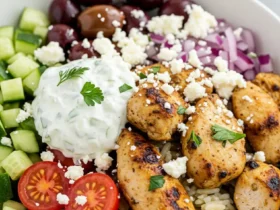

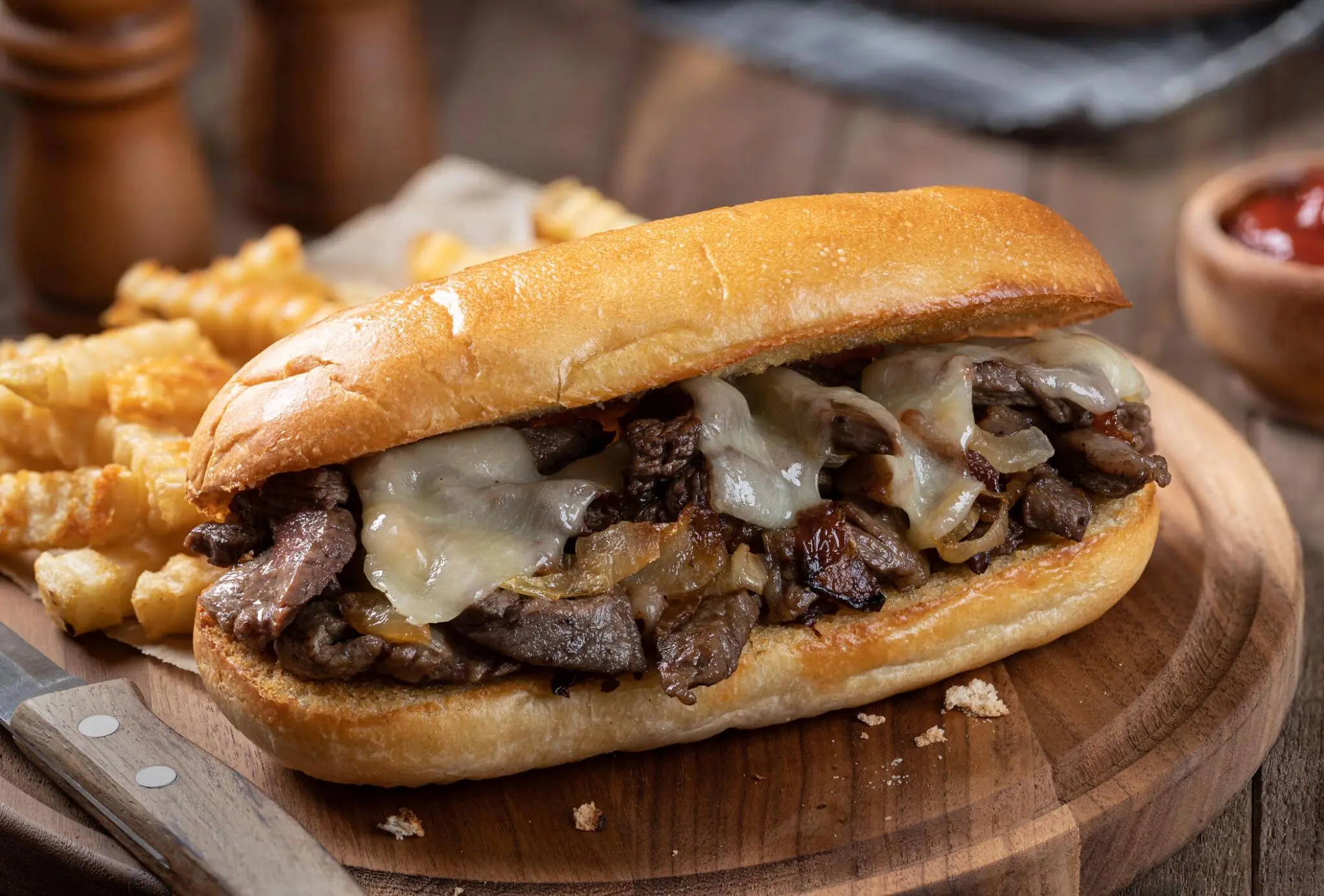

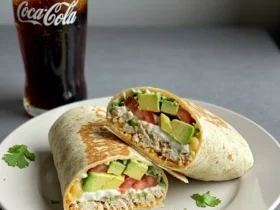
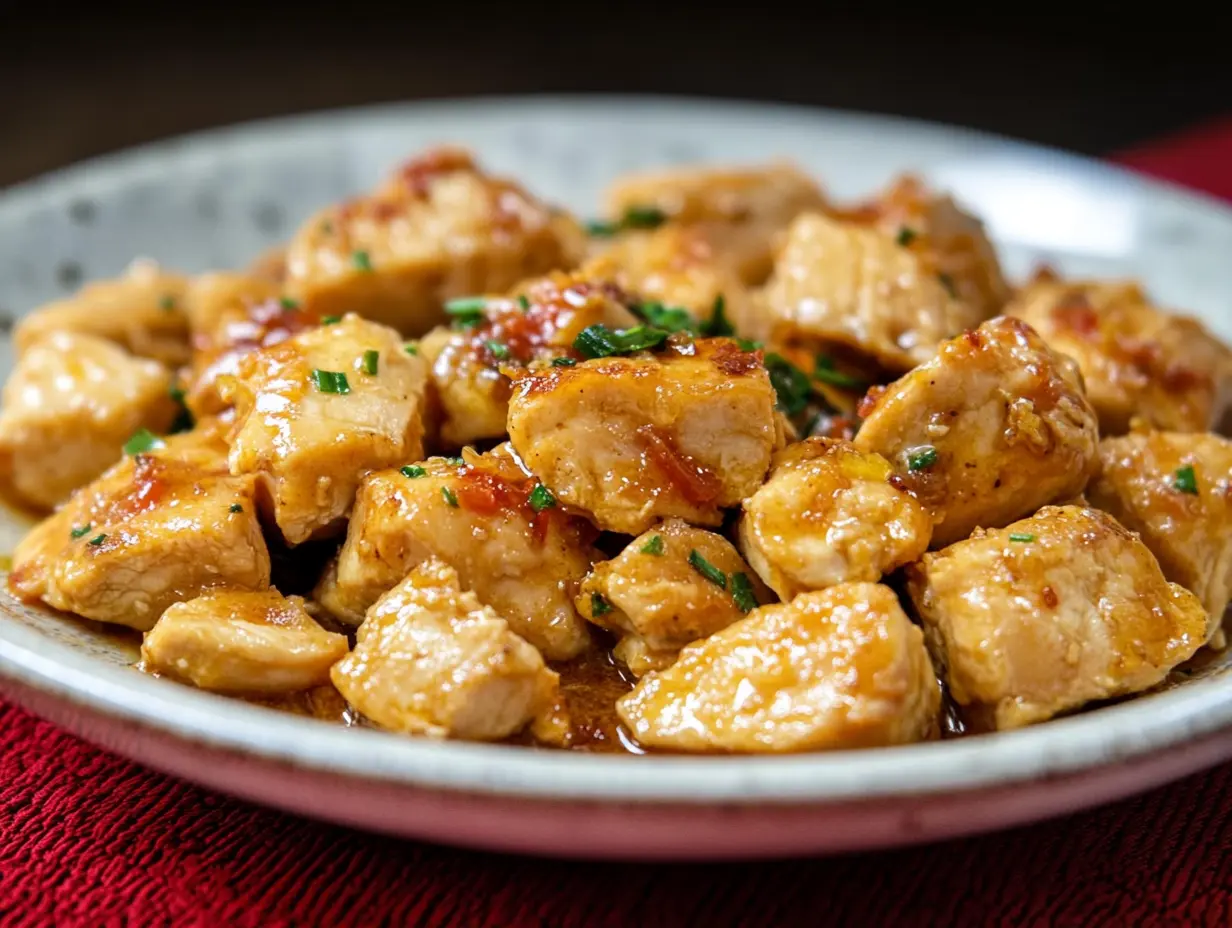
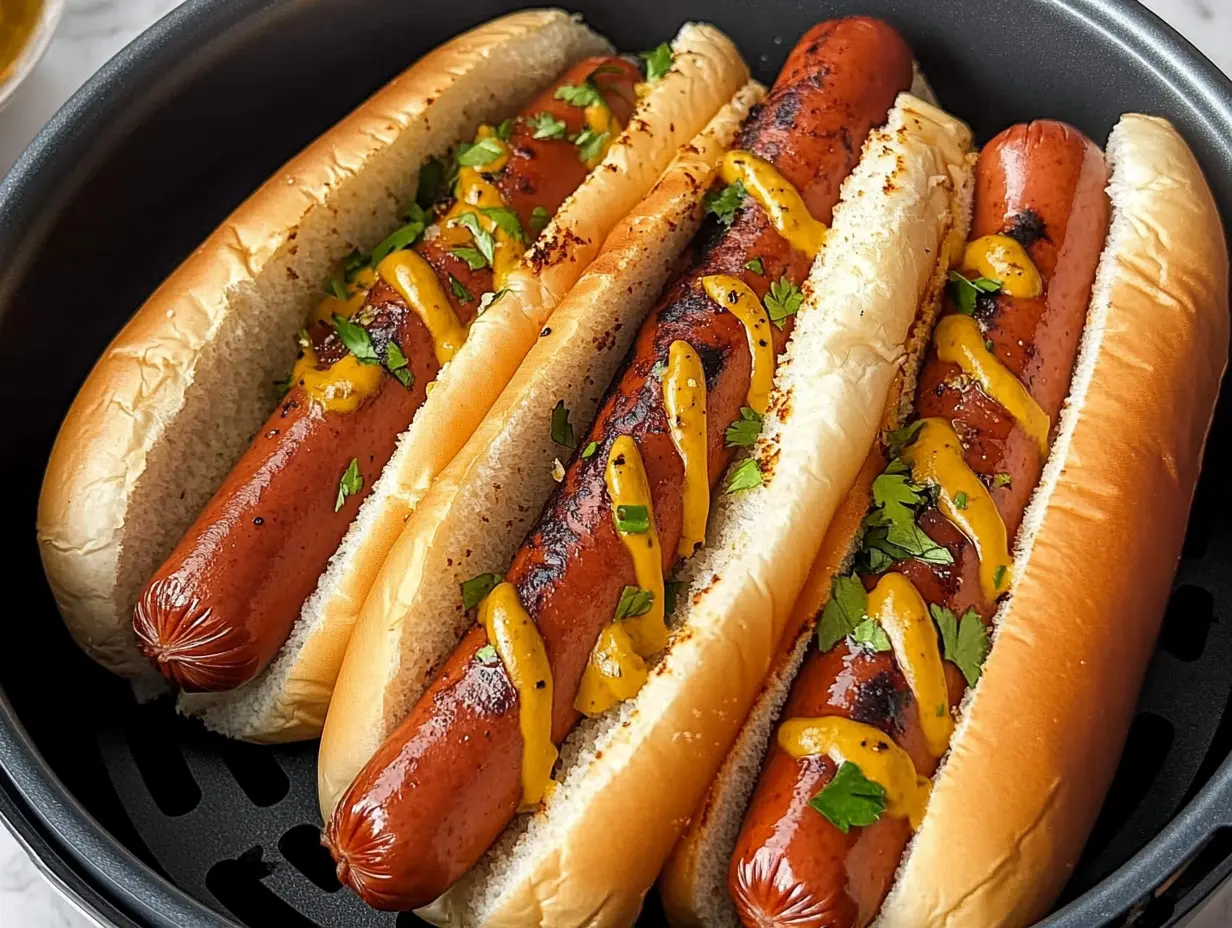
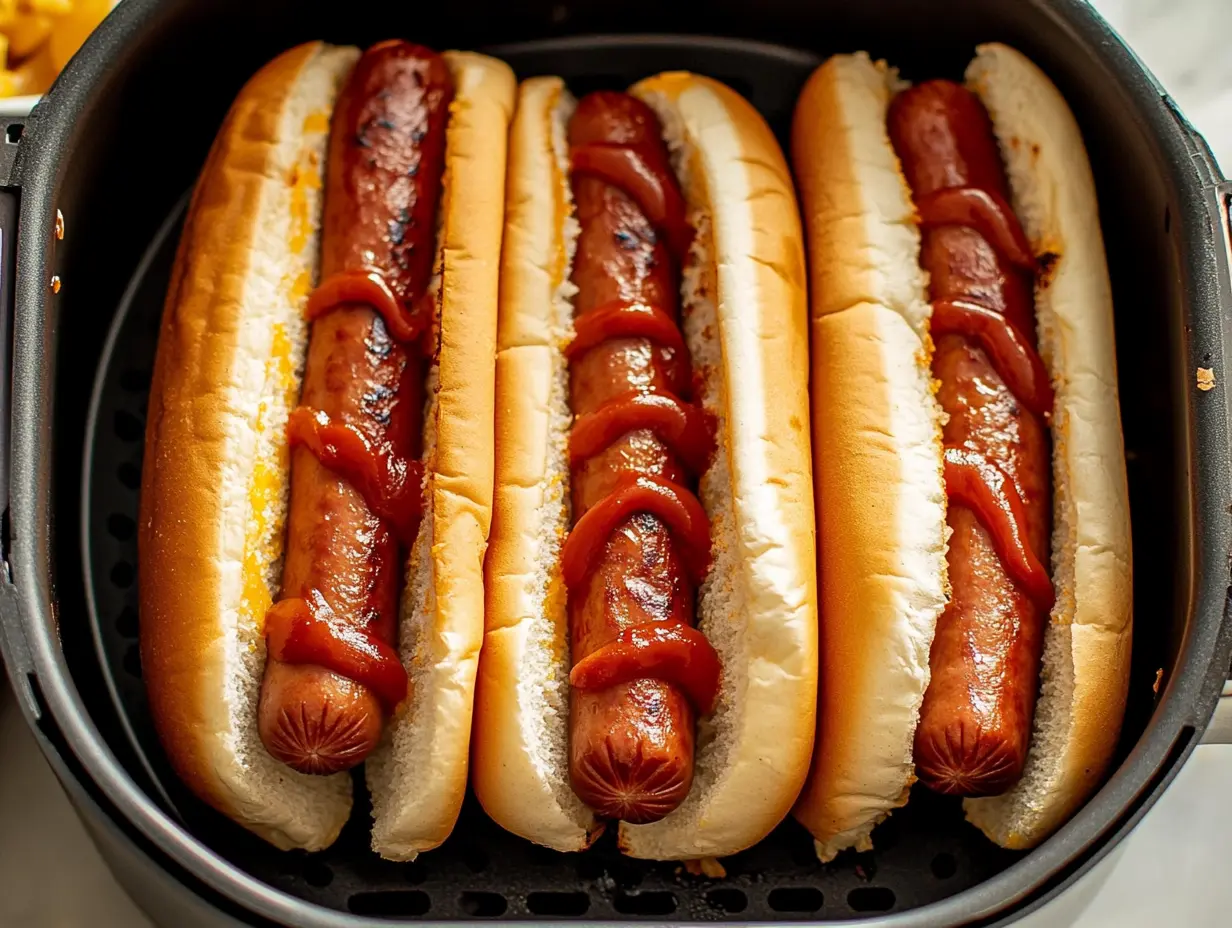
Leave a Reply